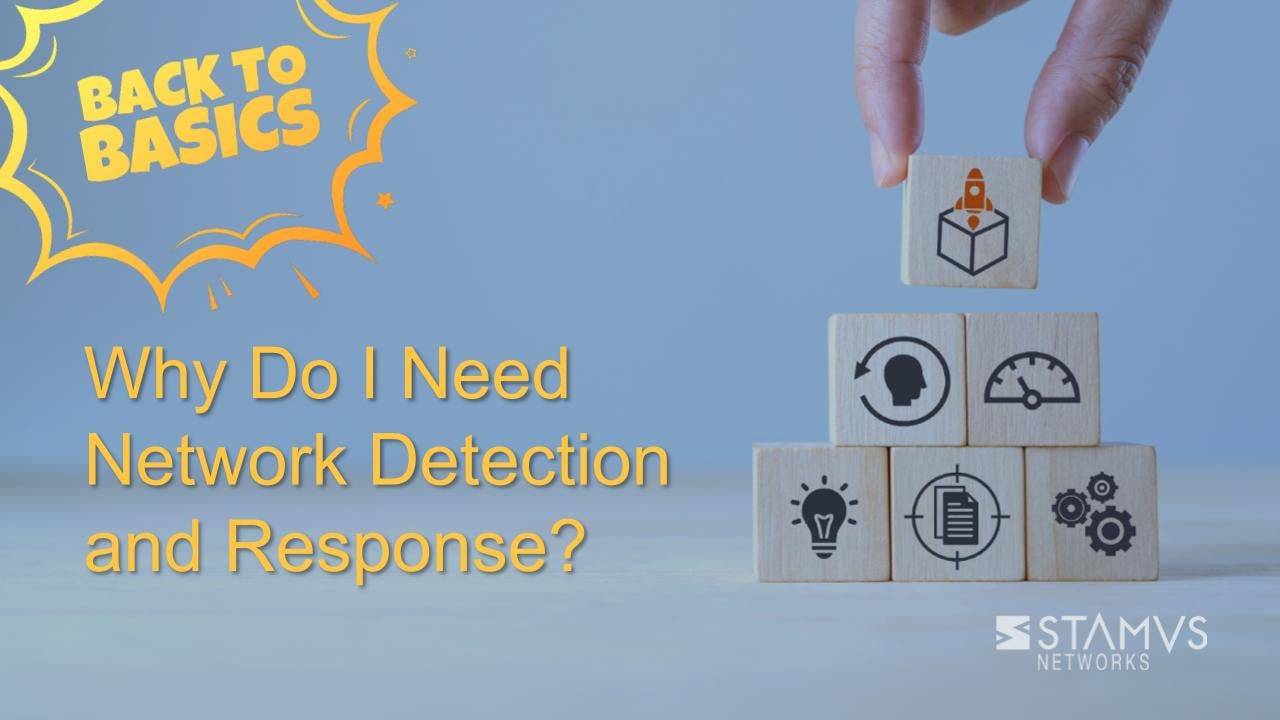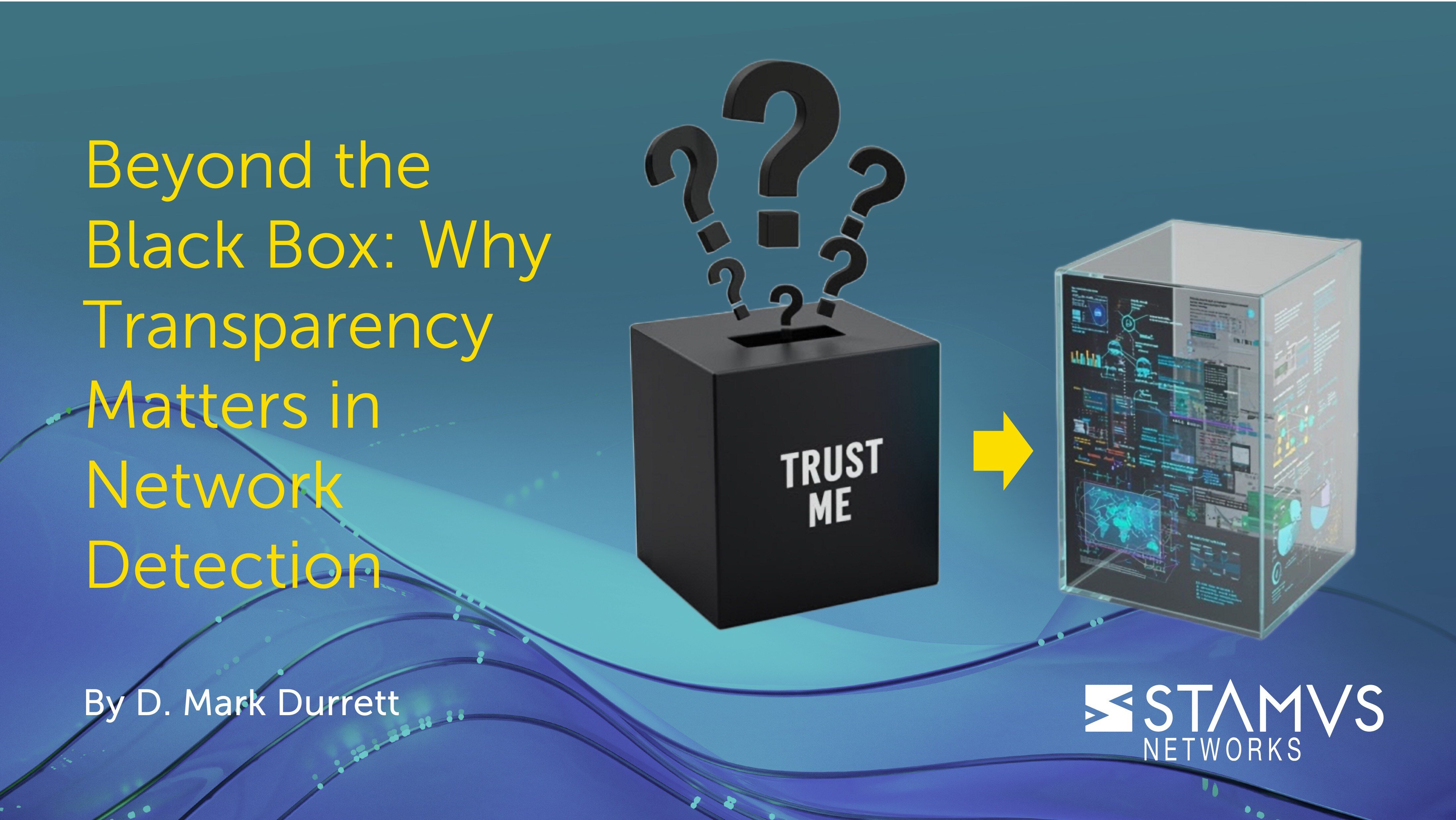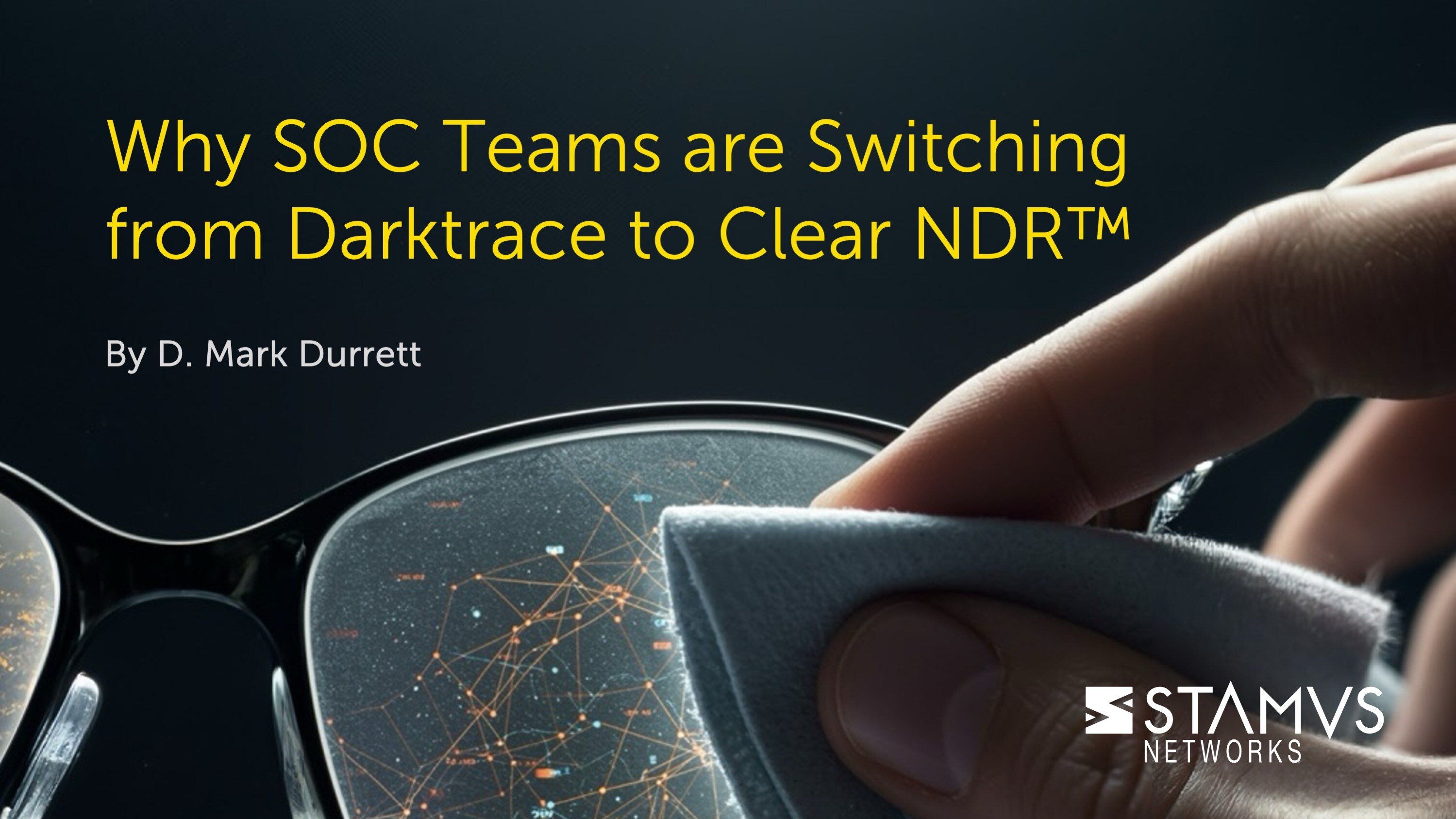As cloud and hybrid environment adoption grows, so does the need for network detection and response (NDR) to protect environments where endpoint detection and response (EDR) fails. Thankfully, the numerous network detection and response use cases are well-equipped to handle these environments where other cybersecurity tools are less effective. If your organization is struggling to determine whether or not NDR could help secure your organization, then this blog post will hopefully shed light on why you need NDR.
What is a network detection and response tool?
A network detection and response tool is a system that monitors network traffic to identify threats on an organization’s network. Not all NDR systems include the same features to accomplish this task, but the best network detection and response tools will include the following:
- Deep Packet Inspection: Certain NDR systems engage in real-time capture and analysis of network traffic. This process involves extracting metadata, understanding communication patterns, detecting potential threats, identifying anomalies, and logging activity.
- Behavioral Analysis Engines: NDRs utilize machine learning and behavioral analysis to establish normal network behavior baselines. These engines are adept at detecting deviations that may indicate malicious activities.
- Threat Intelligence Integration: Competent NDR solutions seamlessly integrate with third-party threat intelligence feeds. This integration enhances detection capabilities by providing up-to-date information about known threats and indicators of compromise.
- Network Forensics: Network forensics tools assist in investigating security incidents by analyzing historical network data. This aids security teams in comprehending the scope and impact of potential breaches.
- Automated Incident Response: Most NDR systems can initiate predefined automated responses to security incidents. This feature enables quick containment and mitigation of threats.
- Vulnerability Discovery: Some NDRs claim the ability to identify and assess vulnerabilities within the network that could be exploited by attackers. This contributes to proactive threat mitigation.
- Threat Hunting: A threat hunting platform — often integrated into the NDR — utilizes data collected by the NDR to sift through network traffic and identify user-selected threats, suspicious behaviors, or anomalous activities.
Why do I need network detection and response?
You need network detection and response because it provides the greatest possible visibility into your network. The best network detection and response vendors understand the importance of network visibility, so they build NDR systems that help their customers achieve:
- Early Threat Detection: By maximizing network visibility, organizations can identify malicious activities and indicators of compromise (IOCs) at their earliest stages. Network traffic holds essential information to spot abnormal behaviors, suspicious communication patterns, and unauthorized activity. This early detection empowers security teams to respond promptly and mitigate threats before they cause significant damage or compromise sensitive data.
- Rapid Incident Response: Increased network visibility enables real-time monitoring and analysis of network traffic, allowing organizations to respond swiftly to security incidents. Clear visibility into network activities helps security teams identify the incident's scope, trace its origin, and take immediate action to contain and remediate the threat. Timely incident response minimizes potential damage, reduces downtime, and aids in quickly restoring normal operations.
- Comprehensive Threat Analysis: Expanded network visibility facilitates in-depth analysis of network traffic, aiding organizations in understanding the context, nature, and scope of potential threat proliferation. By scrutinizing network communication patterns, traffic flows, and data exchanges, security teams can identify malicious behavior, detect malware infections, unveil hidden threats, and gain valuable insights into attackers' tactics, techniques, and procedures (TTPs). This comprehensive threat analysis empowers security teams to develop effective countermeasures and enhance overall defenses.
Why is network detection and response important?
NDR is important because it fills in gaps in visibility and detection and other systems often miss. For example, an organization using EDR might have great visibility into individual devices, but they have no coverage of their network and what might be accessed by their employees' personal devices using the network. Additionally, NDR is adept at detecting anomalies using network traffic. These types of weak attack signals are often overlooked by popular traditional network security measures such as intrusion detection systems (IDS).
In their 2022 Market Guide for NDR, Garter says this:
“Security and risk management leaders should prioritize NDR as complementary to other detection tools, focusing on low false positive rates and detection of anomalies that other controls don’t cover.”
These are just some of the many network detection and response use cases that make NDR an important part of any comprehensive cybersecurity strategy.
What are the benefits of NDR solutions?
An NDR solution provides many benefits to organizations seeking to strengthen their cyber security posture:
- Advanced Threat Detection: NDR solutions leverage behavioral analysis, signature-based detection, and machine learning techniques to detect and identify sophisticated threats, zero-day attacks, and advanced malware that may evade traditional security measures.
- Passive Monitoring: NDR solutions are non-intrusive, inspecting a copy of the network traffic from a packet broker or mirror port. This allows organizations to gain real-time insights and detect potential threats without impacting network performance or disrupting operations.
- Anomaly Detection: NDR solutions analyze network traffic patterns and behaviors to detect anomalies, helping organizations identify potential security breaches, unauthorized activity, and insider threats.
- Lateral Movement Detection: NDR solutions can identify lateral movement within the network, helping organizations detect and prevent the spread of threats from one system or user to another, enhancing overall network security.
- Agentless Deployment: Unlike Endpoint Detection and Response (EDR) systems, NDR systems are agentless. This eliminates the need to install software on individual endpoints, simplifying deployment and reducing maintenance and support overhead. This is especially beneficial in environments where there are no typical endpoints, such as an organization that supports a bring-your-own-device (BYOD) model, an Internet of Things (IoT) environment, and military, medical, or industrial control systems.
- Forensic Analysis: NDR solutions provide detailed network logs, file extraction, packet capture, and other critical event metadata, aiding in incident investigation and forensic analysis. This helps users understand the attack methodology, support legal proceedings, and prevent future incidents.
- Threat Hunting: NDR solutions facilitate proactive threat-hunting activities by allowing security teams to search for potential threats, identify novel or unknown malware, and uncover malicious or unauthorized activities that may have evaded other security measures.
- Compliance and Regulatory Requirements: NDR solutions provide the necessary visibility, logging, and reporting capabilities to meet compliance obligations, ensuring organizations adhere to industry regulations and data protection standards.
- Network Performance Optimization: NDR solutions can offer insights into network performance, including traffic patterns, bandwidth utilization, and application performance, helping organizations optimize their network infrastructure and enhance overall efficiency.
- Network Hygiene Auditing: NDR solutions can provide insights into the health of an organization’s network systems. By continuously monitoring traffic, organizations can better identify and address potential security risks, misconfigurations, and vulnerabilities.
Is Stamus Security Platform right for your organization?
We believe that there are six key requirements a modern and mature NDR must fulfill to bring value to an organization’s cybersecurity strategy. An NDR must provide:
- Sophisticated detection
- Transparent, explainable results with evidence
- High-fidelity response triggers
- Guided threat hunting
- Openness and extensibility
- Complete data sovereignty
If your organization is evaluating NDR solutions, you should look to these requirements as a basic guideline for what to expect from an effective NDR. The Stamus Security Platform satisfies all six of these requirements and packages them into a single, high-effective network-based threat detection and response system. To learn more about NDR, what you should consider when evaluating prospective NDR solutions, and how NDR can complement your existing cybersecurity tools, we recommend these resources:
- EDR, NDR, and XDR: Exploring Three Approaches to Threat Detection and Response
- Five Essential Requirements for Network Detection and Response (NDR)
- Real World Success Stories: In the Trenches with NDR
To be notified of new blog posts and other news, make sure to subscribe to the Stamus Networks blog and the Stamus Spotlight Monthly Newsletter, follow us on Twitter, LinkedIn, and Facebook, or join our Discord.






